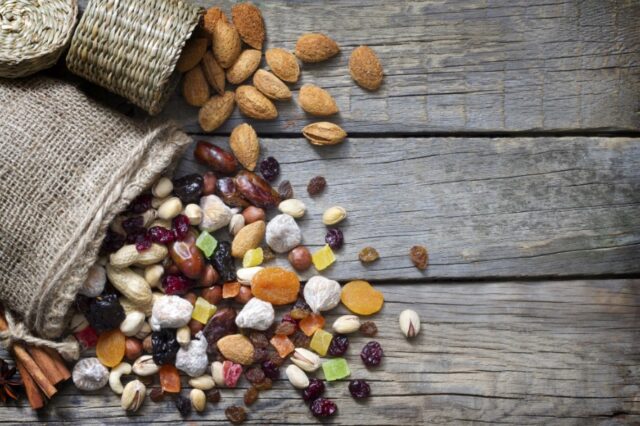
In the nuts and dried fruits industry, packaging plays a crucial role in brand differentiation and consumer engagement. As consumer preferences evolve towards sustainability, minimalism, interactivity, and convenience, packaging strategies must adapt accordingly.
This article explores five key trends shaping nuts and dried fruits packaging, offering insights into how brands can leverage these trends to stand out in a competitive market.
From eco-friendly materials to personalized experiences, each trend reflects changing consumer values and demands, driving innovation in packaging design and functionality.
1. Eco-Friendly Packaging
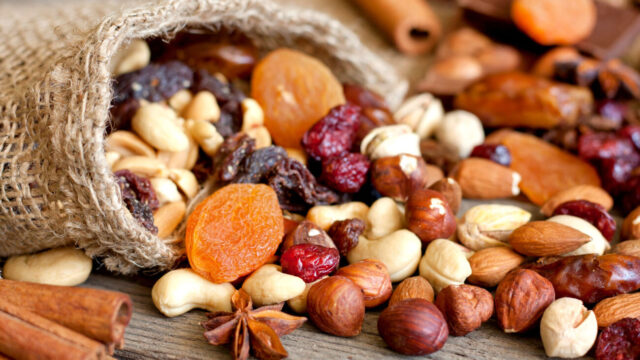
In response to escalating environmental concerns and heightened consumer eco-consciousness, the nuts and dried fruits industry is witnessing a pronounced shift towards eco-friendly packaging solutions. This trend encompasses the adoption of sustainable materials, such as biodegradable polymers, compostable films, and recyclable paperboard, which align with circular economy principles.
Additionally, advancements in packaging technologies, including eco-friendly printing methods and energy-efficient manufacturing processes, further bolster the industry’s commitment to minimizing ecological footprint.
Moreover, eco-friendly packaging extends beyond material selection to encompass holistic sustainability initiatives, such as reducing packaging waste through optimized design and implementing end-of-life recycling programs. Collaborative efforts across the supply chain, including partnerships with packaging suppliers and waste management organizations, play a pivotal role in fostering a closed-loop system that prioritizes environmental stewardship.
Furthermore, the adoption of eco-friendly packaging not only resonates with environmentally conscious consumers but also serves as a strategic differentiator for brands seeking to enhance their corporate social responsibility (CSR) profiles and cultivate brand loyalty. By embracing eco-friendly packaging practices, companies can demonstrate their commitment to sustainable business practices, foster positive brand perceptions, and contribute to the collective effort towards building a more environmentally sustainable future.
2. Minimalist Packaging
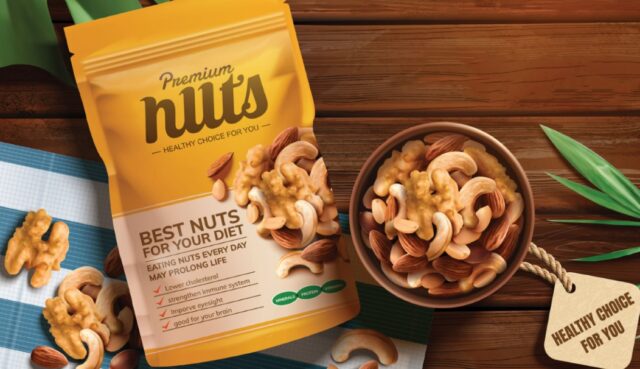
Amidst the cacophony of choices in the nuts and dried fruits market, minimalist packaging emerges as a strategic approach to captivate discerning consumers with its understated elegance and refined simplicity. This design ethos embraces the principle of “less is more,” eschewing excessive ornamentation in favor of clean lines, muted color palettes, and uncluttered typography.
Minimalist packaging not only exudes a sense of sophistication but also aligns with contemporary consumer preferences for authenticity and transparency. By stripping away superfluous elements, brands can effectively highlight the natural allure of nuts and dried fruits, emphasizing their intrinsic quality and nutritional benefits.
Furthermore, minimalist packaging extends beyond aesthetics to encompass functional considerations, such as space efficiency, ease of storage, and reduced material usage. Through thoughtful design and streamlined packaging formats, brands can optimize shelf space utilization and minimize environmental impact without compromising on product protection or brand identity.
In an era characterized by information overload and sensory overload, minimalist packaging serves as a refreshing antidote, offering consumers a moment of calm amidst the chaos of modern life. By embracing the principles of simplicity and restraint, brands can forge deeper connections with consumers, evoke emotional resonance, and differentiate themselves in a crowded marketplace.
3. Interactive Packaging

Innovation in packaging design reaches new heights with the advent of interactive packaging solutions within the realm of nuts and dried fruits. Interactive packaging transcends traditional boundaries by incorporating elements that engage consumers on multiple sensory levels, fostering deeper brand connections and enhancing the overall product experience.
These interactive features may include augmented reality (AR) experiences triggered by scanning QR codes on dry fruit packing bags, allowing consumers to embark on immersive journeys exploring the origins of the products, their nutritional benefits, and even recipe suggestions. Such interactive engagements not only entertain but also educate consumers, empowering them with knowledge and enhancing brand loyalty.
Moreover, interactive packaging leverages technologies like near-field communication (NFC) and RFID tags to enable seamless interaction between physical packaging and digital devices, offering personalized experiences tailored to individual preferences. Through interactive games, quizzes, or customized content, brands can create memorable touchpoints that leave a lasting impression on consumers, driving repeat purchases and advocacy.
Furthermore, interactive packaging serves as a powerful storytelling platform, enabling brands to convey their unique brand narratives and values in compelling ways. By integrating interactive elements seamlessly into the packaging design, brands can elevate their products beyond mere commodities, transforming them into vehicles for immersive brand experiences that resonate with consumers on a deeper emotional level.
In essence, interactive packaging represents a paradigm shift in consumer engagement, offering limitless possibilities for brands to connect, educate, and inspire. By embracing this trend, brands can differentiate themselves in the marketplace, foster brand loyalty, and carve out a distinct identity in the hearts and minds of consumers.
4. Convenience Packaging
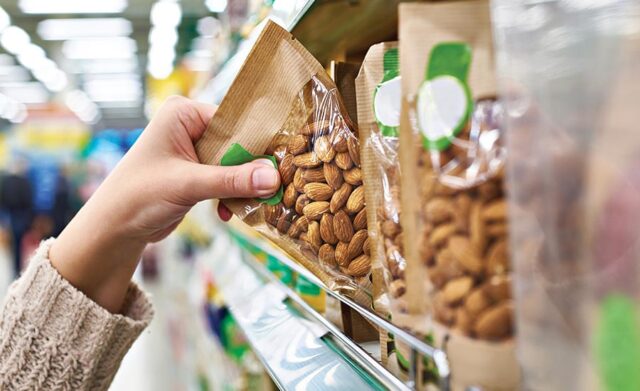
In response to the evolving lifestyles and consumption patterns of modern consumers, convenience packaging emerges as a strategic imperative within the nuts and dried fruits industry. Convenience packaging transcends mere functionality to offer seamless, user-centric solutions that cater to the fast-paced nature of contemporary living.
These packaging formats are characterized by their user-friendly design, which prioritizes ease of use, portability, and on-the-go consumption. Resealable pouches, single-serve packs, and portion-controlled packaging options exemplify the convenience packaging paradigm, offering consumers the flexibility to enjoy their favorite nuts and dried fruits anytime, anywhere.
Moreover, convenience packaging integrates features such as tear-away openings, easy-grip handles, and ergonomic shapes, enhancing user experience and facilitating hassle-free access to the product. By anticipating and addressing consumer pain points related to packaging usability, brands can forge stronger connections with their target audience and foster brand loyalty.
Additionally, convenience packaging extends beyond mere functionality to encompass sustainability considerations, with brands increasingly exploring eco-friendly alternatives such as biodegradable films and compostable packaging materials. This convergence of convenience and sustainability reflects a growing consumer demand for ethical and responsible packaging solutions, further underscoring the importance of aligning packaging strategies with evolving consumer values.
In essence, convenience packaging represents a strategic imperative for brands seeking to stay ahead in a competitive marketplace. By embracing user-centric design principles and leveraging innovative materials and technologies, brands can enhance the overall consumer experience, drive repeat purchases, and position themselves as leaders in the nuts and dried fruits industry.
5. Premium Packaging
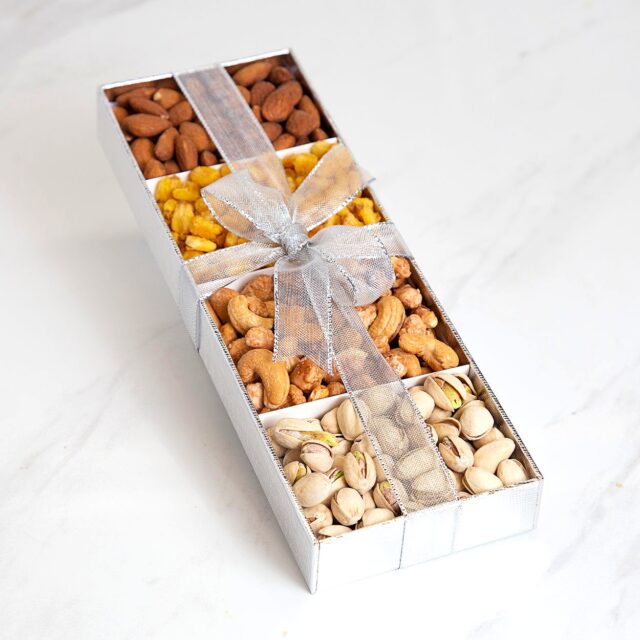
In the competitive landscape of the nuts and dried fruits market, premium packaging emerges as a strategic differentiator, signaling exclusivity, luxury, and superior quality. Characterized by exquisite craftsmanship, lavish materials, and intricate detailing, premium packaging elevates the perceived value of products, captivating discerning consumers and commanding premium price points.
Crafting premium packaging entails meticulous attention to detail, with an emphasis on luxurious materials such as high-quality paperboard, embossed finishes, metallic accents, and premium printing techniques like foil stamping and spot UV coating. These elements combine to create an opulent sensory experience that resonates with affluent consumers and reinforces brand positioning as a purveyor of sophistication and refinement.
Furthermore, premium packaging extends beyond aesthetics to encompass functional attributes that enhance product integrity and presentation. Tamper-evident seals, air-tight closures, and custom inserts ensure the freshness and safety of nuts and dried fruits, while elegant packaging structures, such as rigid boxes and magnetic closures, add a touch of grandeur to the unboxing experience.
Moreover, premium packaging serves as a potent tool for brand storytelling, enabling brands to communicate their heritage, values, and commitment to excellence through evocative imagery, compelling narratives, and tactile sensations. By infusing packaging with narratives of craftsmanship, authenticity, and provenance, brands can forge deeper emotional connections with consumers, fostering brand loyalty and advocacy.
In essence, premium packaging transcends its functional role to become a symbol of prestige and exclusivity within the nuts and dried fruits industry. By investing in premium packaging, brands can command premium prices, differentiate themselves from competitors, and cultivate an aura of luxury that resonates with affluent consumers seeking superior quality and exceptional experiences.
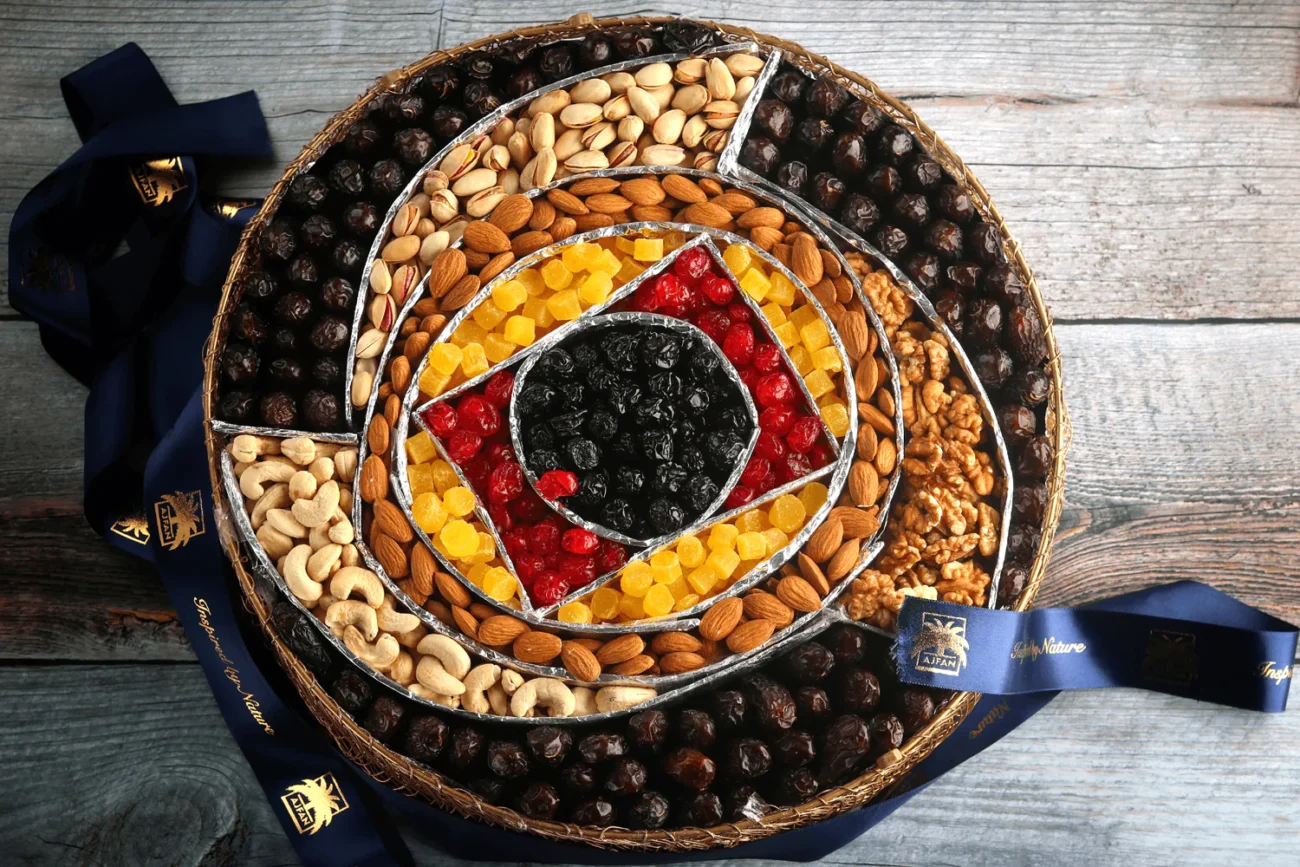
In the dynamic realm of nuts and dried fruits packaging, staying abreast of emerging trends is paramount for brands striving to maintain relevance and competitiveness. The exploration of eco-friendly materials, minimalist design principles, interactive features, convenience-driven formats, premiumization strategies, and customization options underscores the industry’s commitment to innovation and consumer-centricity.
By embracing these trends, brands can not only meet the evolving demands of today’s discerning consumers but also differentiate themselves in a crowded marketplace. Whether it’s aligning with sustainability initiatives, enhancing user experience through interactive packaging, or elevating product perception through premium packaging, each trend offers unique opportunities for brands to forge deeper connections and foster brand loyalty.
Furthermore, as the nuts and dried fruits industry continues to evolve, fueled by shifting consumer preferences and technological advancements, the importance of strategic packaging innovation cannot be overstated. Brands that proactively leverage these trends to craft compelling packaging solutions will not only enhance their market positioning but also drive growth and profitability in the long term.
In conclusion, the future of nuts and dried fruits packaging lies in the seamless integration of functionality, aesthetics, and sustainability. By embracing innovation and staying attuned to consumer needs, brands can navigate the evolving landscape with confidence, cementing their status as leaders in the industry and delighting consumers with packaging experiences that are both memorable and meaningful.







